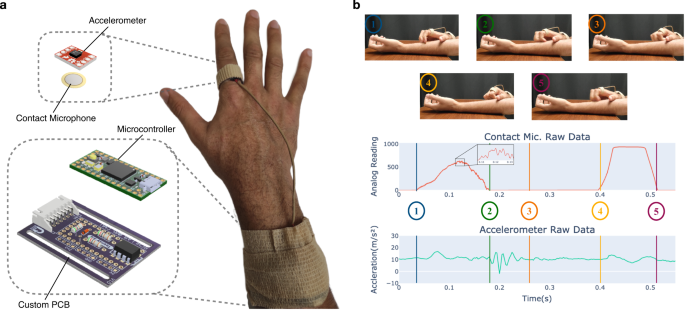2023-09-19 カリフォルニア工科大学(Caltech)
◆研究者は、ガス嚢と呼ばれる空気充填のカプセルとメカノフォア(物理的な力で化学反応を引き起こす分子)を組み合わせ、超音波エネルギーをフォーカスしてメカノフォアを活性化する方法を開発しました。このシステムは、がん細胞を標的とする新しい治療法の可能性を提供し、副作用を最小限に抑えることが期待されています。
<関連情報>
- https://www.caltech.edu/about/news/drug-delivery-platform-uses-sound-for-targeting
- https://www.pnas.org/doi/10.1073/pnas.2309822120
生体適合性集束超音波を用いた生理学的条件下でのメカノケミカル反応の遠隔制御 Remote control of mechanochemical reactions under physiological conditions using biocompatible focused ultrasound
Yuxing Yao, Molly E. McFadden, Stella M. Luo, Ross W. Barber, Elin Kang, Avinoam Bar-Zion, Cameron A. B. Smith, Zhiyang Jin, Mark Legendre Bill Ling, Dina Malounda, Andrea Torres, Tiba Hamza, Chelsea E. R. Edwards, Mikhail G. Shapiro, and Maxwell J. Robb
Proceedings of the National Academy of Sciences Published:September 19, 2023
DOI:https://doi.org/10.1073/pnas.2309822120

Significance
Remote control of chemical reactions with spatial and temporal precision would be an enabling technology for diverse biomedical applications. Polymer mechanochemistry offers a promising approach whereby ultrasound is used to activate specific chemical transformations. However, ultrasound conditions conventionally employed in the field result in unsafe heating and tissue damage. To address this challenge, we have developed a synergistic platform that leverages air-filled protein nanostructures (gas vesicles) to serve as acousto-mechanical transducers, enabling mechanochemical activation under clinically relevant conditions using biocompatible focused ultrasound for the controlled release of small molecule payloads, including a chemotherapeutic drug. This strategy represents a promising modality for controlling chemical reactivity in biological systems and unlocks the translational potential of polymer mechanochemistry for therapeutic and bioimaging applications.
Abstract
External control of chemical reactions in biological settings with spatial and temporal precision is a grand challenge for noninvasive diagnostic and therapeutic applications. While light is a conventional stimulus for remote chemical activation, its penetration is severely attenuated in tissues, which limits biological applicability. On the other hand, ultrasound is a biocompatible remote energy source that is highly penetrant and offers a wide range of functional tunability. Coupling ultrasound to the activation of specific chemical reactions under physiological conditions, however, remains a challenge. Here, we describe a synergistic platform that couples the selective mechanochemical activation of mechanophore-functionalized polymers with biocompatible focused ultrasound (FUS) by leveraging pressure-sensitive gas vesicles (GVs) as acousto-mechanical transducers. The power of this approach is illustrated through the mechanically triggered release of covalently bound fluorogenic and therapeutic cargo molecules from polymers containing a masked 2-furylcarbinol mechanophore. Molecular release occurs selectively in the presence of GVs upon exposure to FUS under physiological conditions. These results showcase the viability of this system for enabling remote control of specific mechanochemical reactions with spatiotemporal precision in biologically relevant settings and demonstrate the translational potential of polymer mechanochemistry.


